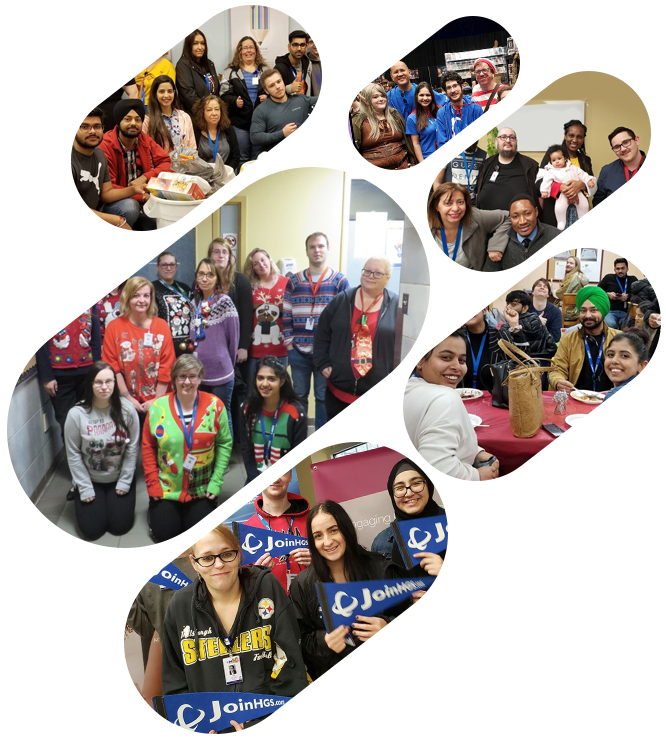World Braille Day, 4th January
At HGS we embrace our differences and work towards creating an environment where we learn, grow and thrive together. We celebrate diversity as an organization by understanding that each of us are different and our differences make us unique. The three key aspects of D&I that we have been focusing on in the last few years are:
- Having a gender balanced workforce that fosters equality
- Being an accessible organization that provides equal opportunity to People with Disabilities (PWD)
- Create an inclusive and safe workplace where all our people, including people from the LGBT+ community can bring their whole-self to work
We recently marked the International Day for People with Disabilities (3rd Dec) with the theme of ‘Celebrating Abilities’, a campaign that was aimed at looking beyond a persons’ disability. We were surprised and overwhelmed at the response. The campaign brought out stories of struggles and success, grit and determination, but most of all stories that touched our hearts.
As the campaign comes to an end, we wanted to continue the dialogue on ‘looking beyond a disability’ through the year. Did you know that 4th January is marked as World Braille Day?
Like all earmarked days, this day is celebrated to educate people on issues of concern, to mobilize resources that could address the issue and to highlight achievements and stories of success. World Braille Day, attempts to bring awareness to the struggles of people with Visibility Impairment.
What is Braille?
Braille is a tactile representation of alphabetic and numerical symbols using six dots to represent each letter and number, and even musical, mathematical and scientific symbols. Braille (named after its inventor in 19th century France, Louis Braille) is used by blind and partially sighted people to read the same books and periodicals as those printed in a visual font.
Braille is essential in the context of education, freedom of expression and opinion, as well as social inclusion, as reflected in article 2 of the Convention on the Rights of Persons with Disabilities. But, Since Braille is a code, all languages and even certain subjects like mathematics, music and computer programming can be read and written in braille, thereby making life easier for people with visibility impairment.
Background
Eye conditions are remarkably common. The World Health Organization estimates that globally 36 million people live with blindness and 216 million people have moderate to severe visual impairment. Persons with vision impairment are more likely than those without, to experience higher rates of poverty and disadvantage. Not meeting their needs, or fulfilling their rights, has wide-reaching consequences: vision loss often represents a lifetime of inequality, poorer health, and barriers to education and employment.
With this, we hope that as a society we can be more inclusive and work together to remove barriers that obstruct the progress of people with disabilities. Let’s be conscious and work towards creating a workplace that values people and their abilities, because #TogetherWeProgress.
 Canada
Canada Colombia
Colombia India
India Jamaica
Jamaica Philippines
Philippines UK
UK US
US SA
SA
